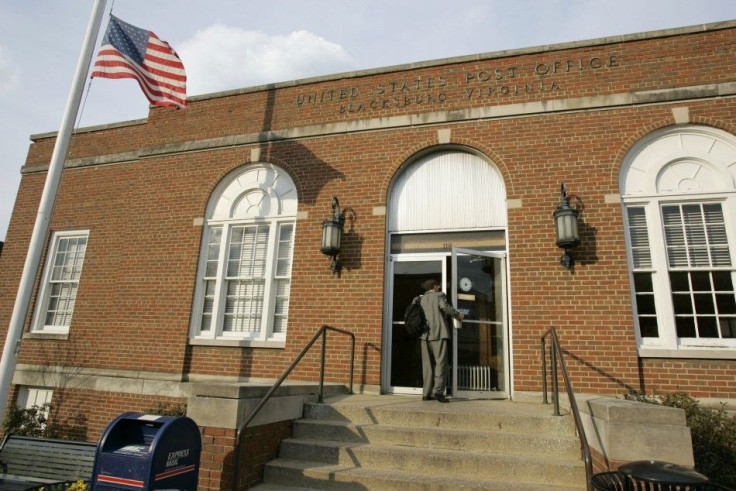U.S. Postal Service Cutbacks Likely to Slow Mail Delivery

In the financial crisis-era, with its constrained public revenue from a smaller U.S. workforce, almost every government agency is forced to belt-tighten -- including the U.S. Postal Service, which will implement historic cutbacks starting in the spring of 2012.
The cutbacks are historic because it is the first time in 40 years the Postal Service will eliminate the opportunity for stamped letters to arrive the next day.
The service cutbacks -- $3 billion in reductions all-told -- are needed to help reduce an operating deficit and avoid bankruptcy. With the changes, the Postal Service hopes to save $2.1 billion annually. In 2010, the Postal Service lost $5.1 billion, The Associated Press reported Monday.
In other words, these are cutbacks to first-class service -- something that can delay that letter to an aunt in Wyoming, or a mortgage bill payment, to yes, even the reception of a monthly private pension check.
Suburban and rural areas are likely to be hardest hit -- they represent the highest cost per mile for the Postal Service - and, by extension, represent an obvious area to cut service.
The Postal Service also plans to eliminate 250 of its roughly 500 mail processing centers across the country by mid-2012.
Fiscal/Economic Analysis: A convergence of forces is creating the mother of all fiscal storms for the U.S. Postal Service, and a reduction in service, particularly for suburban and rural areas, had to occur. And there will likely be additional services reductions in the years ahead.
The convergence of forces? E-mail and other electronic correspondence that has reduced first-class mail, a recession that has shrunk the workforce (fewer people employed generally leads to fewer people buying stamps), and a decades-old service requirement that forces the Postal Service to deliver mail to suburban and rural zones -- even those that are unprofitable.
Simply, service to high-cost zones must be reduced to help balance the Postal Service's books: UPS (UPS) or FedEx (FDX) wouldn't deliver to many of these high-cost zones without the ability to charge a profitable rate -- which only underscores the appropriateness of the Postal Service's cutbacks in these zones.
© Copyright IBTimes 2025. All rights reserved.





















